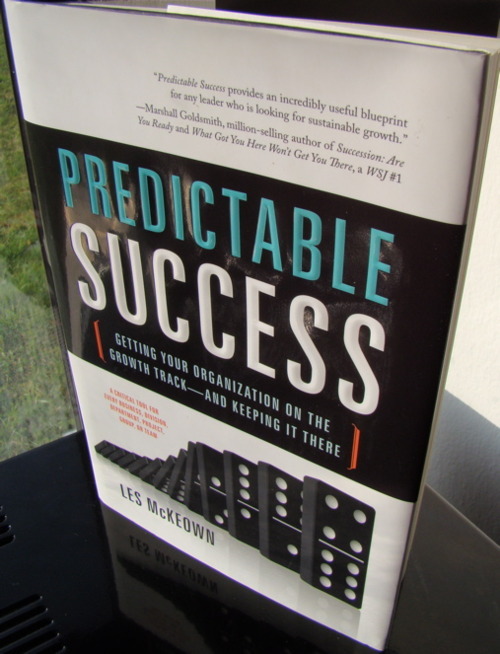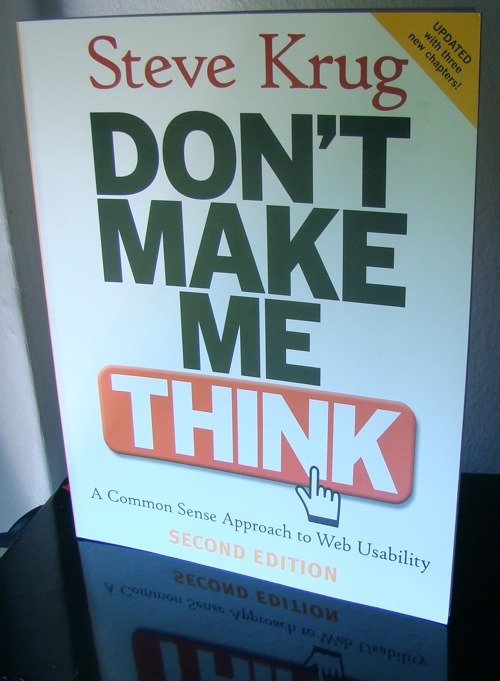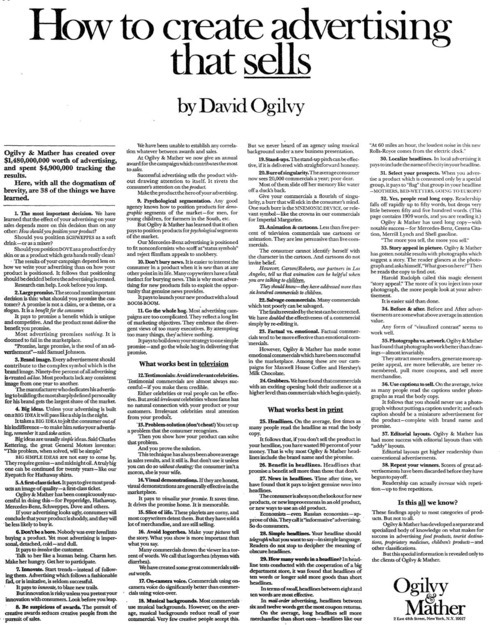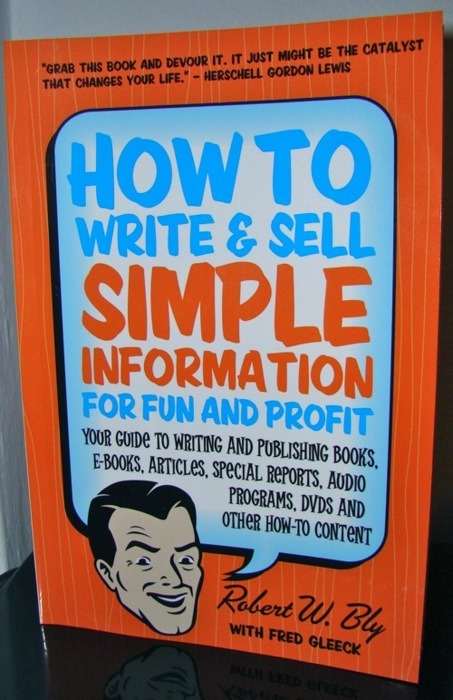
What is it about?
What are the ingredients for a successful business? Les McKown thinks money, people and structure. You can see a illustration of his business cycle theory below. On the x-axis is time and on the y-axis success.

(Picture from Les McKown’s Blog)
What can I learn?
Whitewater: While you are growing things get more complex. Your company slows down. To get to the next stage you have to introduce some processes and structure to manage your company.
Predictable Success: In this stage there is a equilibrium between entrepreneurial zeal and structure. This is the ideal state and theoretically you can be in this stage forever. An important key attribute in this stage is ownership and self-accountability, i.e. your employees are accountable for results. You focus on people instead on processes.
Treadmill: Your company gets into this stage if processes take over risk taking and entrepreneurial zeal. Processes become more important than people and individual gaols. To get back to predictable success you have to cultivate personal development. Focus on results rather than on compliances.
Conclusion
At the beginning, Les McKeown writes that he became an accountant and learned that financing are is the most important factor for a company. I was really disturbed and though: That’s why accountants don’t start companies. However, later he revised his answer. In Predictable Success, McKeown describes each stage thoughtfully and with examples. It’s a real pleasure to read this book because he tells a lot of his own experiences as a business owner and consultant. A clear recommendation for everyone who want to know how to a company transforms over time and how to achieve predictable success.



